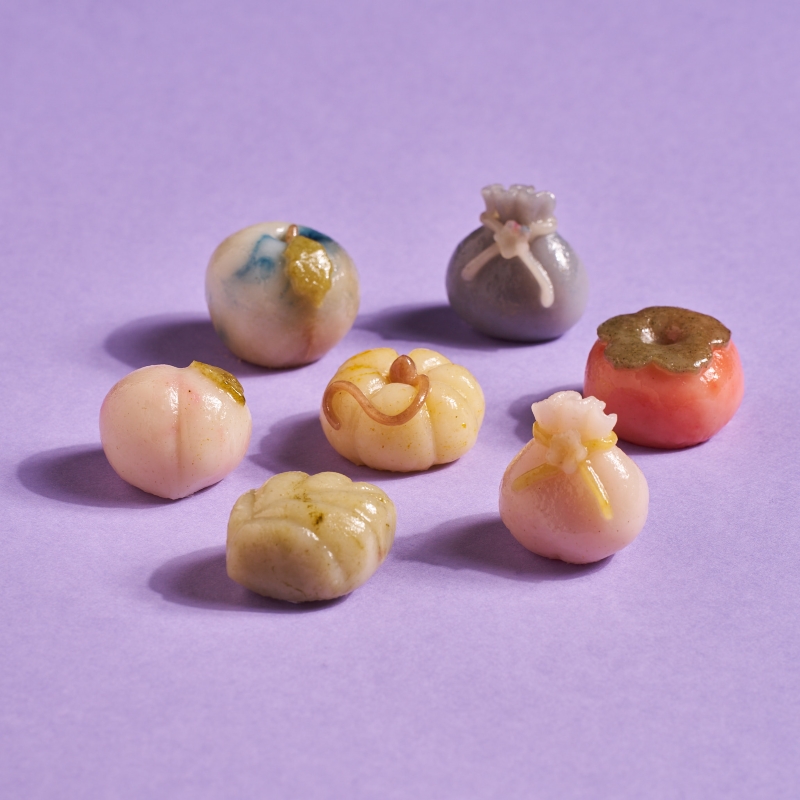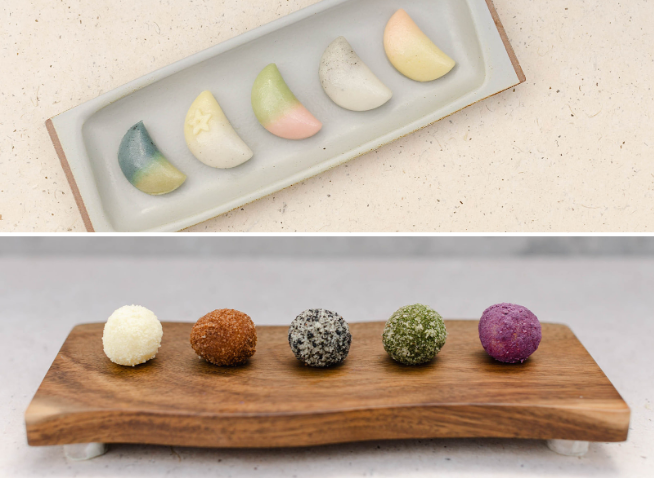- 한국어
- English
- 日本語
- 中文
- العربية
- Español
- Français
- Deutsch
- Pусский
- Tiếng Việt
- Indonesian
By Honorary Reporter Foteini Chatzoudi from Greece
After becoming a mother, Jennifer Lee Ban struggled to find healthy yet tasty snacks for her daughter while seeking a creative outlet after leaving her interior design career.
While visiting Korea, she discovered the art of making tteok (rice cake), drawn to the simplicity, natural ingredients and cultural roots of the desserts. And what began as a hobby soon turned into her full-time job.
In 2018, Ban opened Rice Blossoms, a store for modern Korean desserts, in New York, and has since been featured in broadcast media like Arirang TV of Korea and the Big Apple branches of NBC and ABC and magazines such as Bon Appetit and Bold Journey.
She is also the author of the cookbook Modernized Korean Desserts.
Now based in Jersey City, New Jersey, Ban often has to post that her store cannot take orders for weeks at a time due to high demand.
The following are excerpts from an email interview with her from Jan. 9-16.

Modern designs of songpyeon (Dan Ahn)
At first, I didn't plan on making Korean desserts my career. But as family, friends and others kept asking for more, I recognized the demand, especially among Korean Americans. As a mom, I understood the importance of incorporating traditional elements into celebrations, particularly for kids' birthdays. It's truly rewarding to see others enjoy what I've made and share that passion with them.
Which is your favorite rice cake to make and why?
I have many favorites but my top two are songpyeon (half-moon shaped rice cake) and gyeongdan (rice cake balls). They're perfectly bite-sized, beautiful in design, savory in flavor and healthier compared to other desserts. I consider both the most approachable for non-Koreans due to their soft and chewy texture.

The top photo shows colorful baram tteok (half moon-shaped rice cakes) and the bottom gyeongdan (rice cake balls). (Hannah Lim)
How do you balance traditional elements and modern twists in your creations?
I carefully select ingredients with intention to ensure staying true to traditional methods and flavors. I also research the history and cultural significance behind each dessert to share that with customers. To make my creations more approachable, I incorporate popular flavors and creative designs, making them appealing to both Koreans and those curious to try them.
Does modernizing traditional desserts help spread Korean culture worldwide?
I definitely think so. Korean culture is so popular these days, so having a modern twist can draw an even broader audience. Modernizing Korean desserts can make them more approachable and widely accessible. Keeping them traditional can be great, too, but people are always craving something new but not completely new, so they can still be in touch with Korean culture and roots.

Shown from left to right in the white container are yanggaeng (sweet red bean jelly), dashik (black sesame tea cookies) and songpyeon (moon-shaped cakes). (Hannah Lim)
What advice do you have for aspiring chefs who want to create beautiful desserts?
I'm still learning but my advice is to stay dedicated and persevere. You can't do it alone, so building strong relationships with others is key. Collaborating with likeminded chefs or businesses can open new opportunities, keep you inspired and create a supportive environment for growth.
msjeon22@korea.kr
*This article is written by a Korea.net Honorary Reporter. Our group of Honorary Reporters are from all around the world, and they share with Korea.net their love and passion for all things Korean.